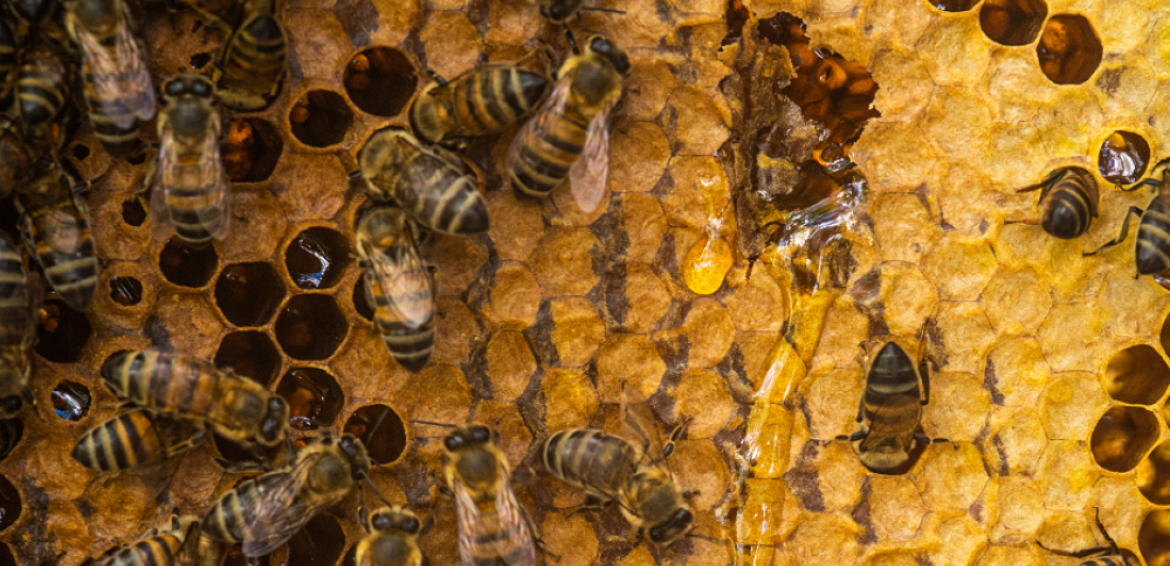blogs
Curiosities
Organic honey and regular honey: what are the differences?
10/11/2020
When you're at the supermarket, can you tell the difference between organic honey and regular honey? Although they are very similar, there are fundamental differences between the two types and they are both physical and compositional. Therefore, it is very important to understand the particularities of each of them to bring the best to your home!
Thinking of helping you with this task, we explain below everything you need to know about organic honey and regular honey. Check out!
Differences between organic honey and regular honey
The main source of energy for bees, honey is produced from the nectar of wild flowers. The bees ingest the substance, which is mixed with nutritious secretions, and then deposit the compost in the hive cavities.
In beekeeping, all these steps are managed by professionals, who follow the development of the hives and then extract the honey to be taken to factories or technological reference units, as is the case of Beeva. It is in these processes that the main differences between the organic and the common type arise. Below, we list a few!
Use of chemicals
In non-organic apiaries, it is common to administer doses of antibiotics to prevent diseases. This practice, however, can contaminate the final product. Other chemicals are also added during processing, with the intention of increasing shelf life. As a consequence, its nutritional value is affected.
In the case of organic products, the idea is to keep the honey as natural as possible. Therefore, the use of chemical additives is prohibited. In addition, the apiary of origin must be far from the influence of pesticides, as bees collect floral materials. Therefore, a distance of at least three kilometers from conventional agriculture fields is required.
Artificial feeding
Trying to maintain a constant productivity of the hives, many beekeepers use artificial feeding, through sugarcane juice or liqueurs. The practice, however, interferes with the naturalness of honey, influencing its nutritional composition. That's why at Beeva we are against artificial feeding of bees.
Appearance
It might be hard to tell if you're not an expert in bee products, but there are physical differences between the two types of honey.
For example, organic honey remains raw and only goes through a solid waste filtering process, done in a cloth or nylon net. Thus, pieces of wax or even dead bees are removed, but their physicochemical properties do not change. Because of this, its consistency is more dense, grainy and crystallized.
Ordinary honey undergoes pasteurization, in addition to filtering. In this procedure, it is subjected to high temperatures, in order to remove its natural yeast and increase its durability. As a result, it gains a smoother texture and a lighter appearance. In contrast, it also loses important nutrients, reducing the benefits of its consumption.
As we have just shown, organic honey is the most natural type available on the market. It undergoes very few human interventions and ensures greater use of its nutrients. So it is much more beneficial for health!
And now that you already know the differences between organic honey and regular honey, how about discovering the benefits of honey consumption? Check out our post!






